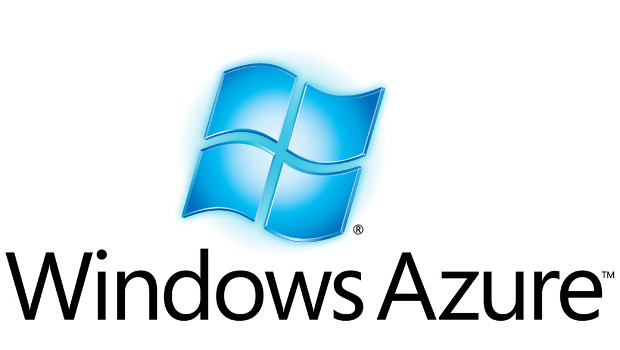Microsoft will soon offer a service aimed at making machine-learning technology more widely usable.
“We want to bring machine learning to many more people,” Eron Kelly, Microsoft corporate vice president and director SQL Server marketing, said of Microsoft Azure Machine Learning, due to be launched in beta form in July. “The line of business owners and the marketing teams really want to use data to get ahead, but data volumes are getting so large that it is difficult for businesses to sift through it all,” Kelly said.
An offshoot of artificial intelligence, machine learning uses algorithms so that computers recognize behaviour in large and streaming data sets. It can be superior to traditional forms of business intelligence in that it offers a way to predict future events and behaviour based on past actions.
Refined in academia over the past several decades, machine learning is starting to catch on for business uses such as credit card fraud detection. Microsoft uses the technology to refine its Cortana personal phone assistant, as well as to plan how much hardware it will need to continue to build its Azure hosted computer services.
Microsoft’s goal is to simplify the process of using machine learning, so it can be easily used by a wider set of developers, business analysts and data scientists. The service is aimed at “combining the power of machine learning with the simplicity of the cloud,” Kelly said.
Typically, industrial-scale machine learning implementations can require a large number of servers, as well as considerable expertise in understanding how to apply, and implement, machine-learning algorithms.
Because it is a service, Azure ML eliminates the issue of procuring hardware, a requirement that could pre-emptively kill an experimental machine-learning project. The company has also worked to simplify the process of deploying machine-learning algorithms and associated tools.
The service features an interface called the Machine Learning Studio. The palette includes visual icons for some of the most commonly used machine-learning algorithms, allowing the user to drag and drop them into a visually depicted workflow.
The studio also can be used to build and train new analysis models. Developers can write and share their own algorithms, written in the R programming language. The studio also comes with a set of templates for common learning patterns.
“You train the model on historical data, tune and optimize it, and then you could look at the output to see how well it did,” Kelly said. Many machine-learning projects try a variety of algorithmic models to see which one most accurately predicts future actions.
Once a model for analysis is completed, it can be published as a Web service on Azure, using a set of visual controls Microsoft has provided. Users can then supply live data through an application programming interface and have the results returned to an on-premises system, or to one hosted on Azure or another cloud service.
The service will also have a software development kit for integrators and third-party software developers who wish to build their own services and applications from Azure ML.
Azure ML has been in private beta for the past year with select customers. With the help of Microsoft systems builder Max 451, one large retail firm has used the service to predict what individual customers will likely purchase next.
Carnegie Mellon University, in Pittsburgh, working with application provider OSISoft, uses the service to study energy usage in its campus buildings, as well as to monitor for outages.
Microsoft has not finalised the pricing for Azure ML once it goes into full commercial availability, the date of which has not been announced.
Joab Jackson, IDG News Service








Subscribers 0
Fans 0
Followers 0
Followers